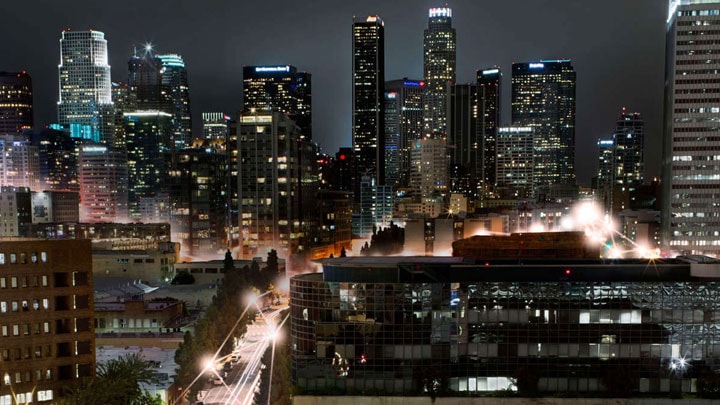Just as connected lighting systems can serve as a platform for distributed sensor networks, they can also serve as a platform for distributed communications networks, especially indoors.
With a sufficiently dense network of communications nodes, organizations can create an indoor positioning network that works like an “indoor GPS,” offering wayfinding and other services that can have a considerable effect on visitor experience in professional, retail, and hospitality environments.
Imagine a large food store with indoor positioning. A shopper can use a specially designed mobile app to register with the system, which precisely locates him in the store. The app maps out his best route through the store based on his shopping list, makes suggestions for related products not on the list, and even offers special coupons on selected items.
Personalized couponing can also have a profound impact in high-end retail stores. Shoppers regularly use smartphones to price-compare in store, sometimes purchasing an item on display for less money with a competitor. Retailers can combat this revenue drain by offering coupons at the point of sale—a proven in-store conversion method.
For security purposes, shoppers can register with the system anonymously. But shoppers may be able to receive special discounts and other incentives by agreeing to allow retailers to track their movements and shopping history in store. This would work exactly like creating a personal profile on a retailer’s website online, allowing the retailer to track visits, clickstream data, and purchasing history in exchange for special deals. Retailers can benefit enormously from this hitherto inaccessible customer data, using it to improve traffic flows, floor plans, displays, and other aspects of the store’s operations to enhance customer experience and loyalty.
One effective wireless technology for indoor positioning is visible light communications (VLC), where data is transmitted over the beam of LED light itself. This data stream can be received by the camera on a customer’s smartphone. VLC is especially valuable in retail settings because of its high accuracy (to less than half a meter).
On the down side, VLC is line-of-sight, so it’s susceptible to interference by walls and displays, and it doesn’t work well when lighting is dimmed to low levels. Zigbee, an open global wireless standard, uses a combination of VLC and Bluetooth Low Energy (BTLE) to overcome some of these limitations.
Savvy connected lighting suppliers will make their systems open to multiple communications methods, including VLC, Zigbee, Wi-Fi, RF, and others.
Read the 5 ways that connected lighting uses data to deliver value beyond illumination here.

Customer stories
Find out more about how our customers create value with Interact, across a wide range of professional lighting applications and around the world.